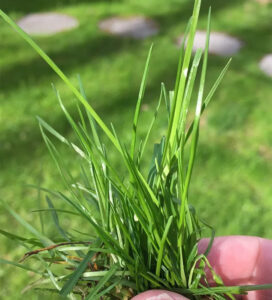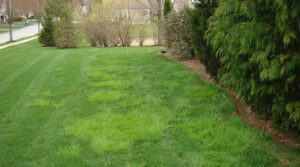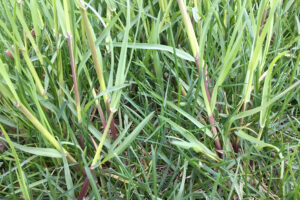POA Trivialis
As spring rolls in and lawns begin to green up, many homeowners notice something frustrating—patchy, uneven, or yellowing areas in what should be a lush lawn. One of the most common causes? Poa Trivialis.
What is Poa Trivialis?
Poa Trivialis is a cool-season grass that thrives in cool, damp, and shady conditions. It’s often unintentionally introduced through contaminated grass seed or soil and can spread quickly under the right conditions.
During the fall and winter, Poa Trivialis blends in nicely with the rest of your turf. But once spring temperatures begin to rise, this grass begins to decline rapidly, creating blotchy, light green or brown patches across your lawn.
Why It’s a Problem in Spring
In spring, as warm-season grasses start to emerge and thrive, Poa Trivialis begins to yellow, thin out, or die back completely. This creates unsightly areas in your lawn, especially when surrounded by healthy turf.
Some of the most common signs include:
-
Lighter green or yellowish patches
-
Thinner, weaker grass in shaded or moist areas
-
Irregular, splotchy appearance in an otherwise healthy lawn
Can It Be Removed?
Unfortunately, there’s no selective herbicide that targets Poa Trivialis without harming the surrounding desirable turf. However, there are options:
-
Turf renovation: Removing and re-sodding affected areas with healthy grass
-
Improved maintenance practices: Reducing shade, improving drainage, and overseeding with high-quality seed blends free of contamination
-
Long-term planning: Monitoring for regrowth and treating problem areas early each year



